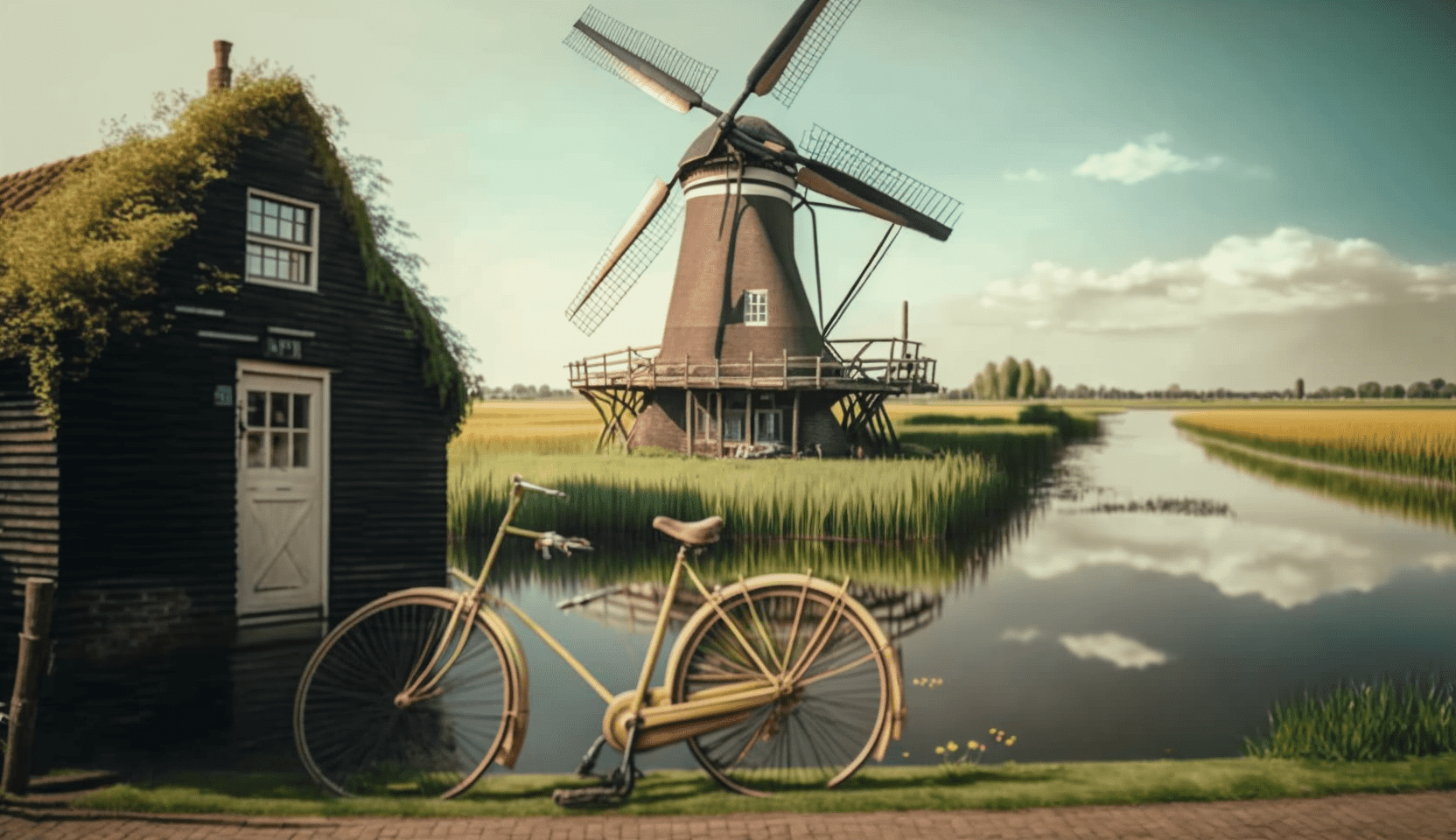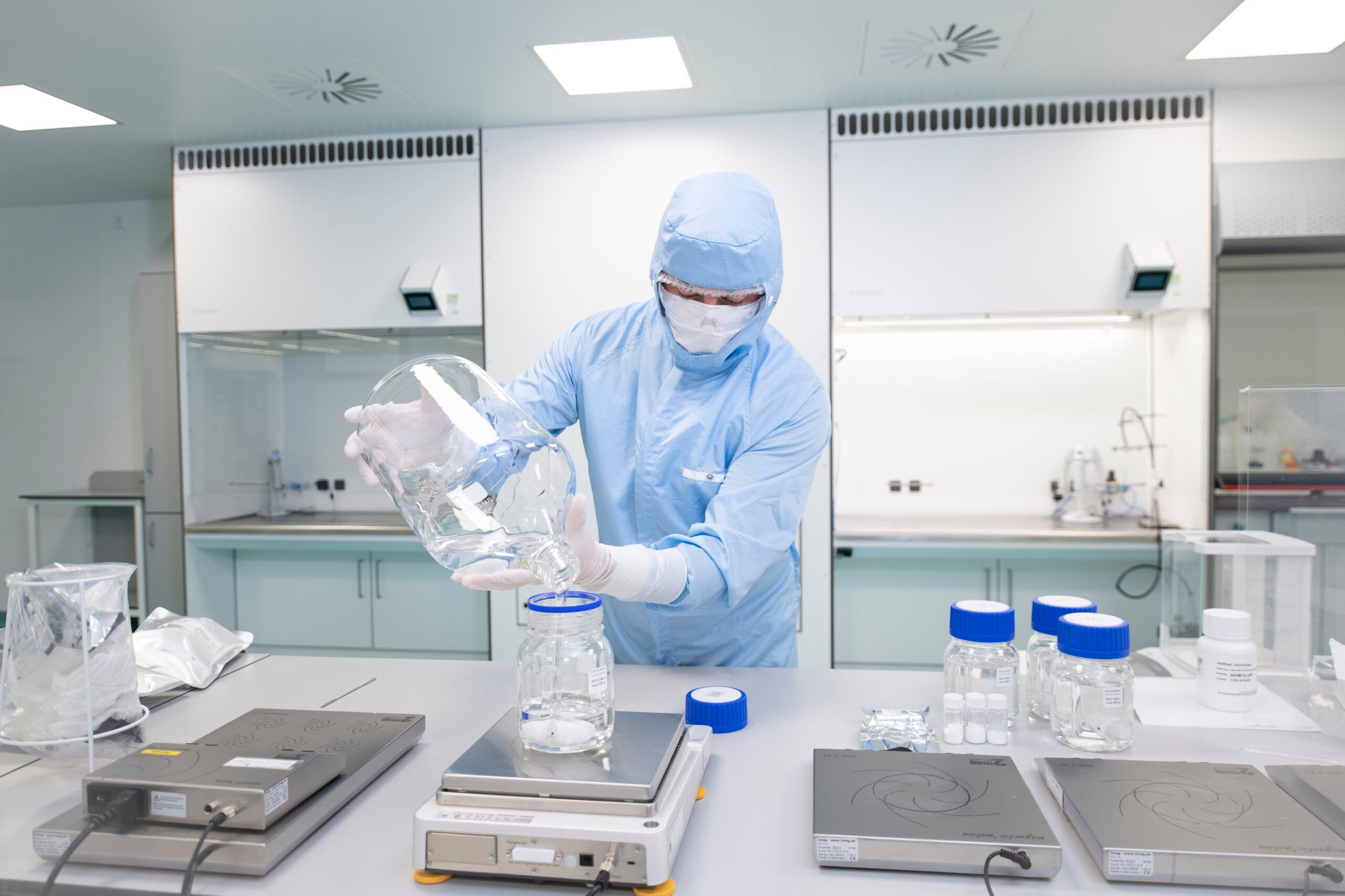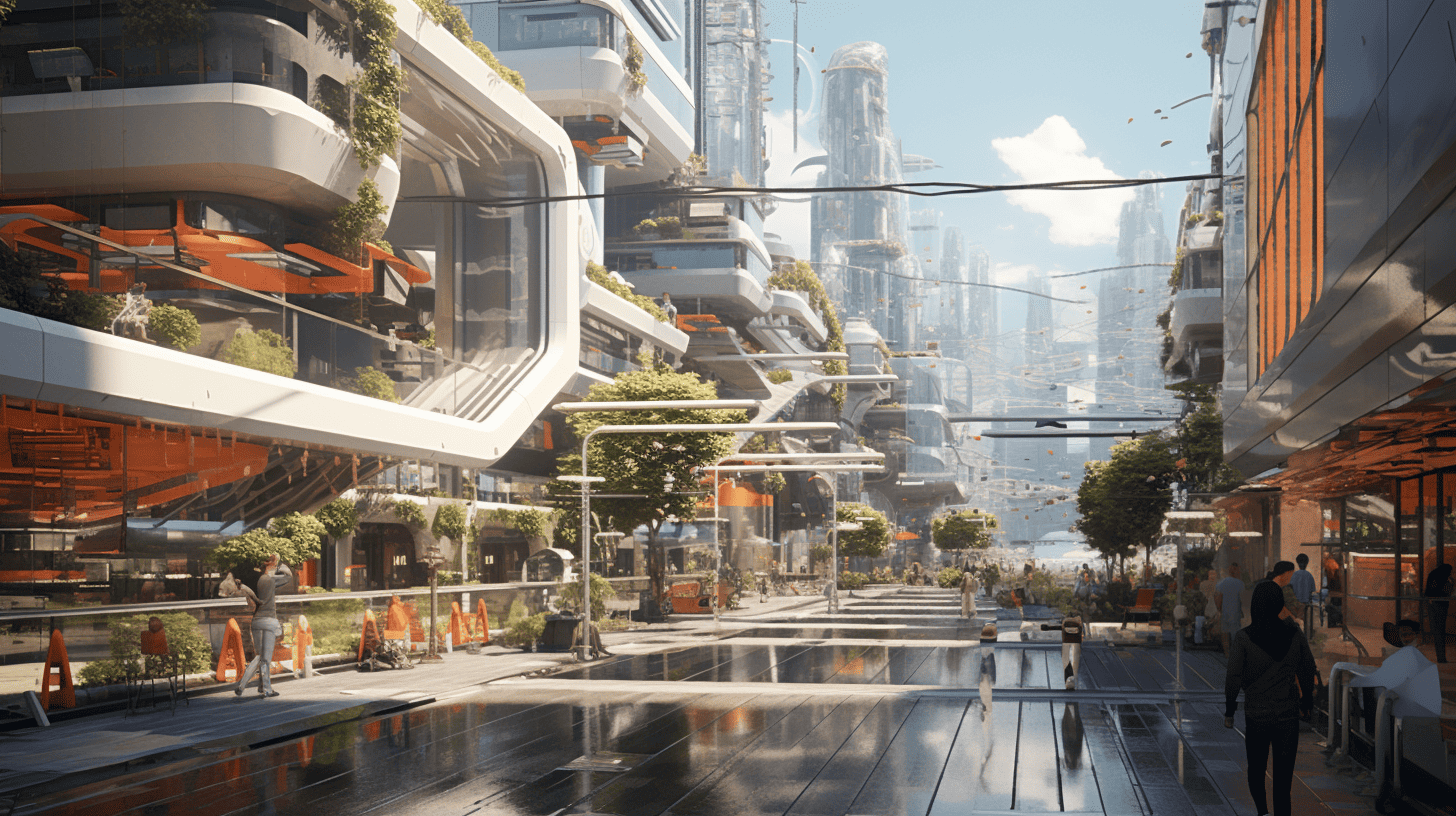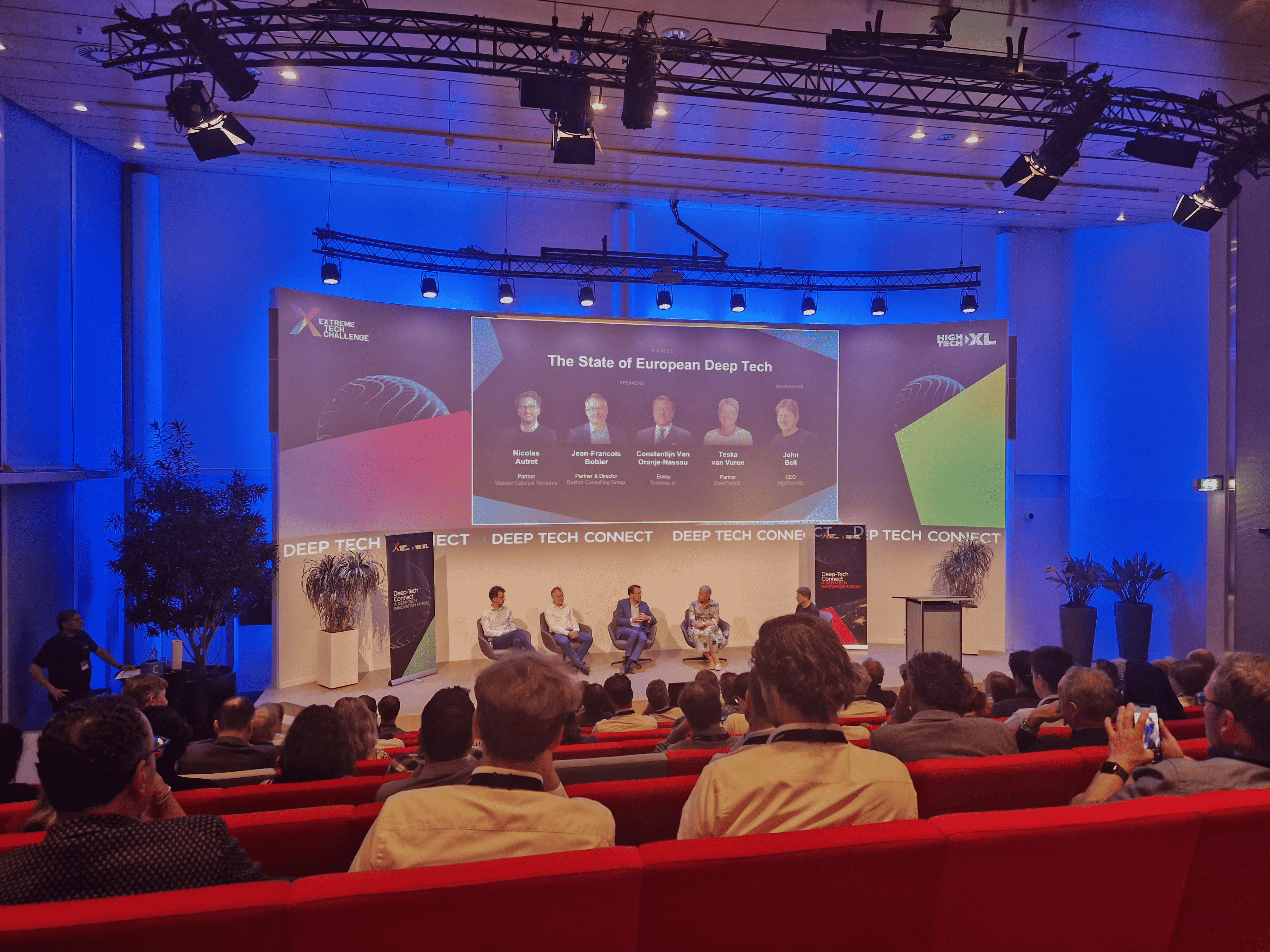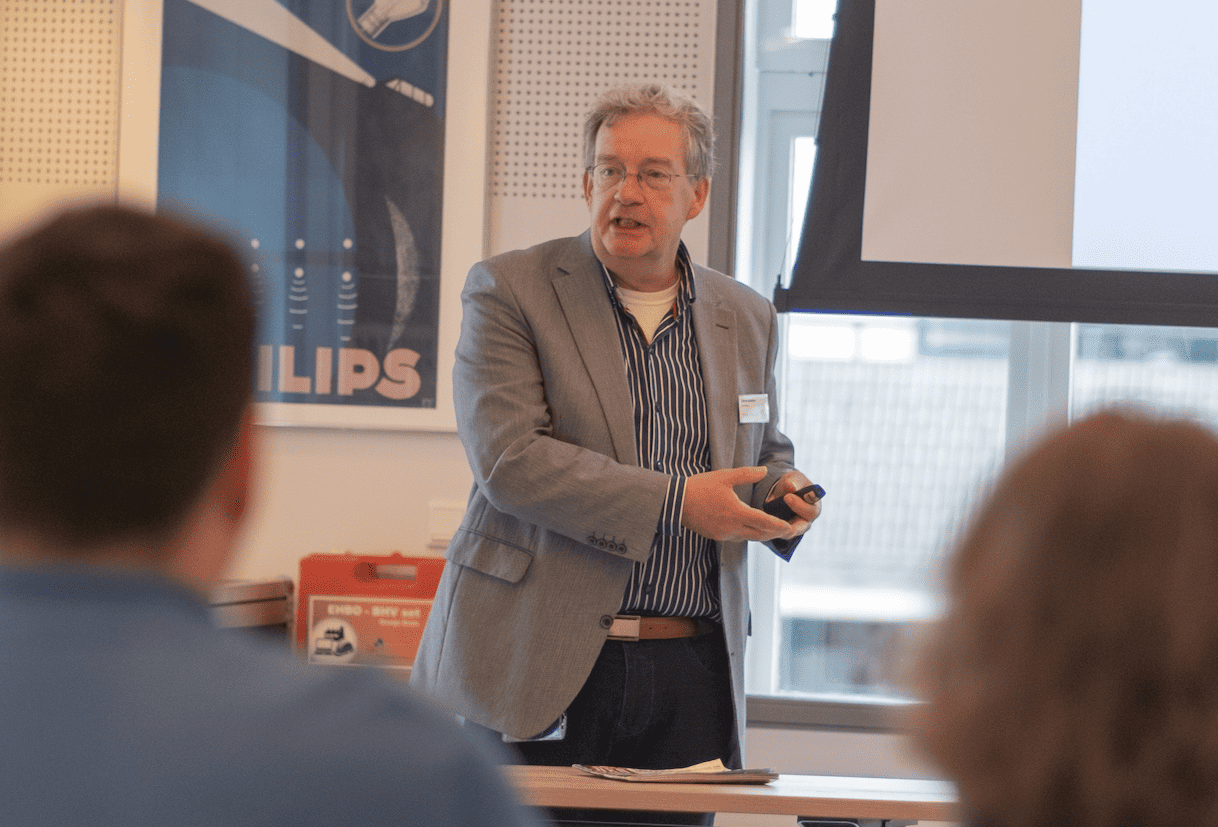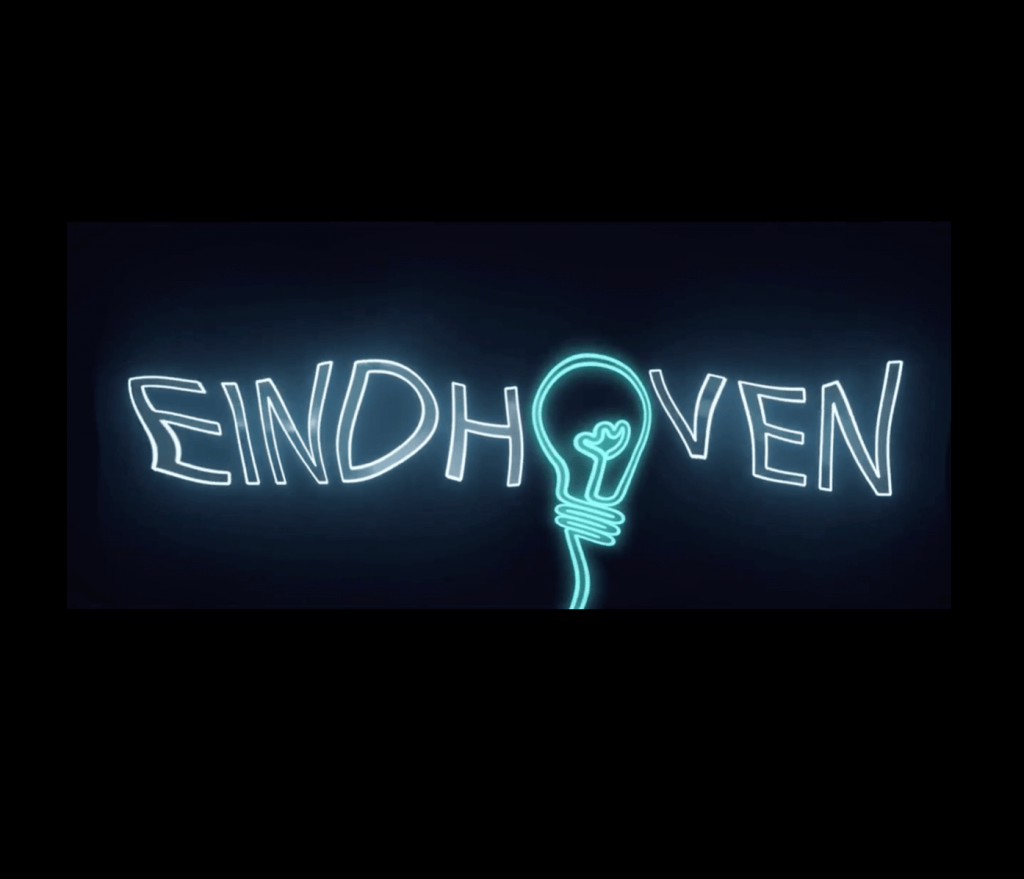
Whitepaper shows the need for a shared identity and a culture of ‘curious entrepreneurship’.
Although the Eindhoven region has a great economic peeformance, this is not a guarantee for the future. A whitepaper, based on Jolan Hulscher’s graduation research and with the cooperation of Myriam Cloodt and Sjoerd Romme, concludes that a considerable sharpening of the success formula is needed in at least two areas. The researchers build their statements on a comparison with other innovative success regions, such as Munich and, above all, Cambridge. The three authors want to use their findings to stimulate a discussion.
Read the complete white paper here
“Don’t see this as the plan for the future”, says Hulscher, “but rather as an incentive for more, as an appeal to think further. I really hope a lot of people will link their own ideas to it.” Hulscher says that he wrote his master thesis out of an interest in the existing ecosystem. “And despite the fact that things are going reasonably well, for now, that does not relieve you of the duty to keep innovating. You have to dare to be critical of yourself.”
The latter was achieved with the whitepaper. Eindhoven and Munich more or less face the same problems for the future. This is due to the fact that both ecosystems have largely been created around a few technology-driven companies (such as Philips and DAF for Eindhoven and BMW and Siemens for Munich) that over time have become multinational companies that have moved the entire local ecosystem forward. “As a result, Eindhoven and Munich are now attracting mainly risk-averse (e.g. engineering) talent. And the dominance of a few large companies means that the regions of Eindhoven and Munich have an underdeveloped common identity, which in turn undermines the ability to send out a clear message. This is particularly clear if you compare the Eindhoven region with, for example, Cambridge’s ecosystem, which has been flourishing for a long time.”
There are two things that stand out from the example of Cambridge. And Eindhoven should take both points into account, according to the researchers:
– How to transform the mechanism of ‘scalable efficiency’ into ‘scalable learning’, involving a shared commitment to learn deeper and faster as the basis for performance;
– The need for a stronger shared identity and message that is consistent with the ecosystem’s history, is sufficiently distinctive and appeals to a broad global audience.
The first has to do with embracing an entrepreneurial culture that focuses on continuous learning. There are already examples of this in the Eindhoven ecosystem (think of the occasional cooperation between the campuses or the way in which the TU/e student teams take up their role in the start-up culture), but this must be much better – and with the active participation of all campuses in the region.

The second wish concentrates on a clear, unambiguous message from the region. This must do justice to four factors: it must be consistent with the history of the ecosystem, be sufficiently distinctive, provide a strong platform for future growth and appeal to a broad, global audience. If you add these things together, you can only come to one conclusion, according to the three authors: “Lighting Technology” best expresses the common identity – and could therefore also become the new common message to the outside world.
“The ‘scalable learning’ and ‘Lighting Tech’ approaches complement each other to a great extent and together are capable of making Eindhoven’s ecosystem more future-proof.”
Read the complete white paper here


